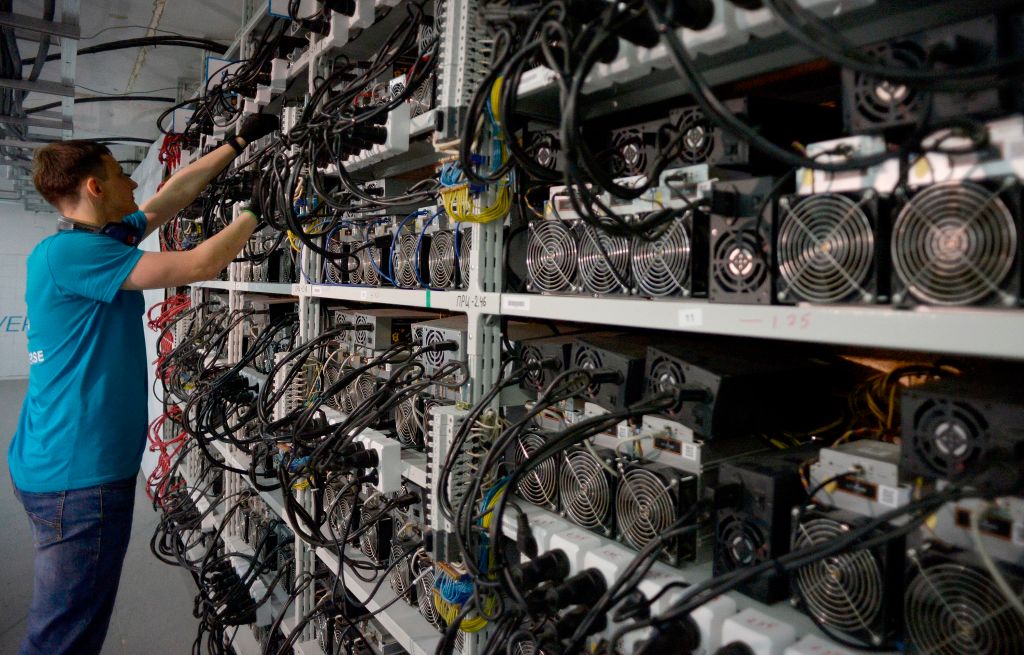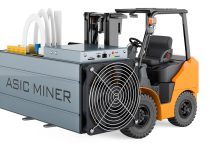Bitcoin Miners Thwarted by Data Center Crunch

It’s a great moment to start Bitcoin mining. If you can find a location to connect, that is.
China’s crackdown has wiped out large numbers of computers in the global network that are used to verify transactions and create new bitcoins. As the energy required to solve for a Bitcoin blockchain block has fallen, miners are now more profitable.
If your equipment is already in use, that’s great. However, the competition for space in Bitcoin-friendly data centres has become so intense that referrals are being made for new homes for stranded miners.
Christian Kaczmarczyk is a principal at Third Prime Venture Capital. He said that some Chinese miners are willing pay significant premiums over the ideal operating rate, which is less than five cents per Kilowatt-hour.
Kaczmarczyk stated that people are willing to pay a lot for hosting. “These miners from China will pay 6, 7, 8, 9, 9 cents to play in the game.” They will pay whatever.
It has been long since impossible to create new hosting facilities in line with the rapid growth of mining companies, which are constantly adding equipment to their arsenals. What was once a mild, persistent ache has become a constant, excruciating pain. The disruptions in global supply chains have made it difficult to obtain the materials needed for electrical transformers or switches. Due to strict regulations, tapping into power grids can lead to long build times.
After China’s crackdown, the crunch is being exacerbated by the influx of miners who are seeking to move to the U.S.
Meltem Demirors (City Strategy Officer at CoinShares), stated that machines are no longer the bottleneck. “Hosting facilities are. It is impossible to build a large co-location data centre in just a few months.
Because of the profits they have wrought, Chinese miners are running wild.
To keep the average processing speed at 10 minutes, the difficulty level for solving a Bitcoin block is updated approximately every two weeks. The difficulty level is determined by the computing power available to the network. This has fallen since China’s crackdown.
This means that for the same work done last year, the block reward winner will receive coins three times the value of the original.
Zack Voell (director of research and content at Compass mining) stated that ‘the people with machines online now have a treat. “Chinese miners are now scrambling to get online again, and they’re missing this enormous economic incentive to mine.”
This huge incentive will only exacerbate the space crunch. Jason Les, chief executive officer at mining company Riot Blockchain Inc., said that older computers such as the Antminer S9 ASIC, which were in danger of becoming obsolete because solving Bitcoin’s puzzle became more difficult, are now enjoying a second chance.
Les stated that market conditions are favorable for older mining hardware to be profitable. “You would expect older models to come on line but with low energy costs, the S9 is still profitable today.”
Chinese miners could eventually have to make tough decisions about whether they want the government to change their mind or sell their equipment at a time that the market is saturated.
Mason Jappa (chief executive officer at Blockware Solutions, a crypto mining hardware broker) stated that there is limited hosting space. This concern has caused about 30% of Chinese miners to give up and surrender. “They are selling rigs at 2020 prices.”
If you are able to deal with the difficulties of getting machines from China, the crackdown on hosting could provide a perfect backdrop for distressed deals.
According to Third Prime’s Kaczmarczyk, “Ultimately a lot this short-term mania is going to provide some very strategic opportunities down the road for more efficient miners,” “You will see some strategic buyouts, and private equity-like deals.
It is not clear how long the data center crunch could last, but Compass Mining’s Voell believes it could take six months or longer before new facilities are available to absorb the excess capacity.
Voell stated that the shortage that existed previously has been eliminated. Voell stated that there is no way that all the ASICs will be able to find space and get back online by the end of 2012. This problem is now five times worse.



